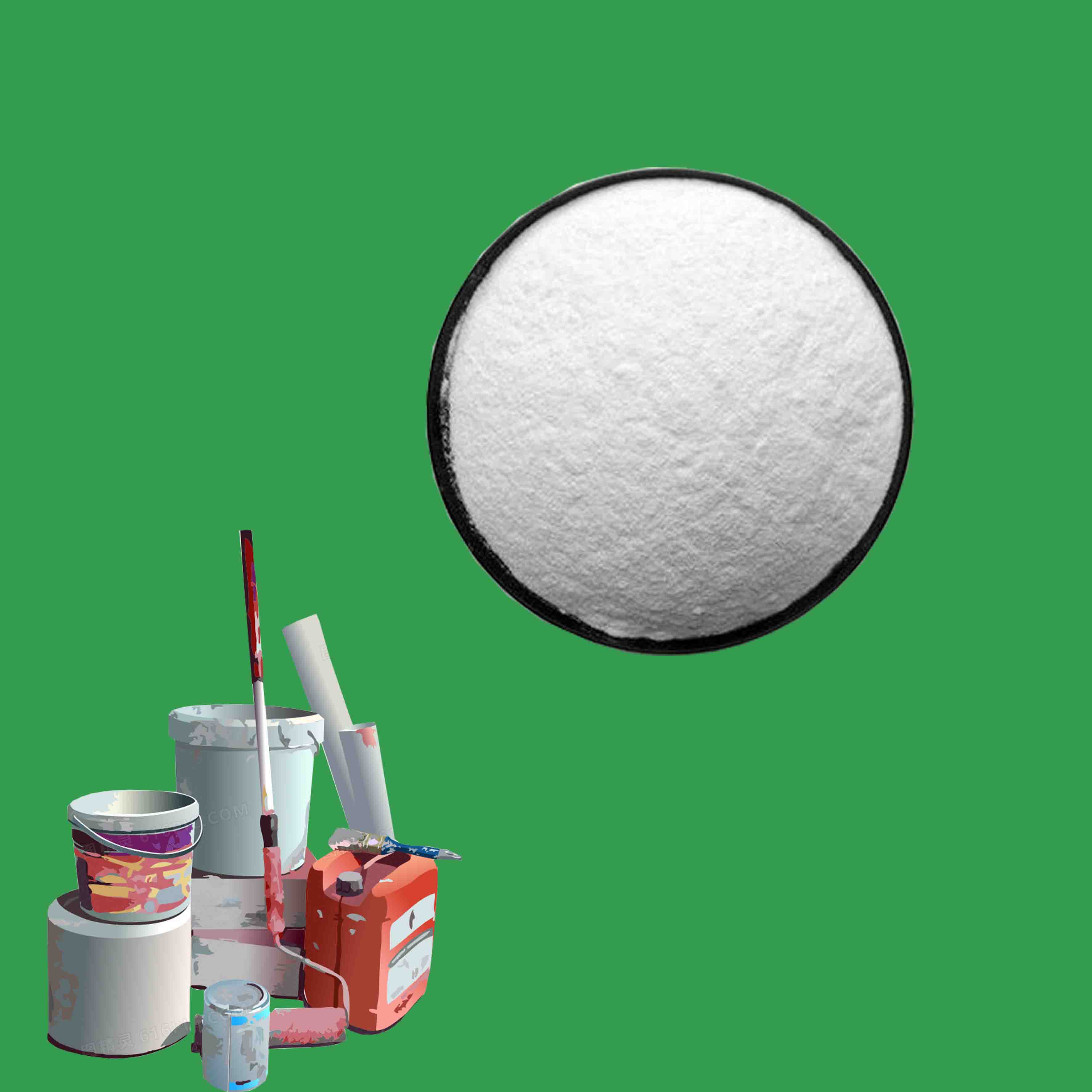
ທ.ວ. . 07, 2024 01:50 Back to list
rutile grade titanium suppliers
The Rise of Rutile Grade Titanium Suppliers An Overview
Rutile, a mineral composed primarily of titanium dioxide (TiO2), plays a crucial role in various industries, notably in the production of titanium metal and as a pigment in paints, plastics, and papers. Its high refractive index and UV resistance make it an essential ingredient in many commercial applications. The demand for rutile grade titanium has been rising, driven by the increasing need for stronger yet lighter materials across various sectors, including aerospace, automotive, and construction. This article examines the landscape of rutile grade titanium suppliers, exploring their significance, challenges, and future prospects.
Understanding Rutile and Its Applications
Rutile is one of the three primary forms of titanium dioxide, alongside anatase and brookite. Its properties make it particularly valuable in multiple applications. In the aerospace industry, the lightweight and high-strength characteristics of titanium derived from rutile make it ideal for aircraft components that require enhanced performance without adding unnecessary weight. In the automotive sector, titanium's corrosion resistance and durability have led to its use in high-performance vehicles, contributing to improved fuel efficiency and longevity.
In addition to its structural applications, rutile serves as a pigment in the production of white paint and coatings, due to its excellent opacity and brightness. It is also used in the manufacture of ceramics and glass, where its properties enhance strength and thermal stability.
Key Suppliers and Market Dynamics
The supply chain for rutile grade titanium is characterized by both mining companies and processors that convert raw rutile into usable titanium products
. Major suppliers include companies like Iluka Resources, Tronox Holdings, and Rio Tinto, which have established themselves as leaders in rutile extraction and processing.As the global market for titanium products continues to expand, the competition among suppliers intensifies. Factors influencing this competition include production capacity, the quality of rutile, and geographic location. Suppliers in regions with abundant natural resources, such as Australia, South Africa, and Canada, tend to have a competitive advantage due to lower extraction and transportation costs.
In recent years, the rise of environmental considerations has also impacted the rutile supply landscape. Suppliers are now under pressure to adopt sustainable practices, including responsible mining techniques and reduced carbon footprints. This shift not only affects operational processes but also influences consumer choices, with increasingly eco-conscious buyers favoring suppliers that demonstrate a commitment to sustainability.
rutile grade titanium suppliers

Challenges Facing Rutile Grade Titanium Suppliers
While the outlook for rutile grade titanium suppliers seems positive, several challenges persist. Fluctuations in the global economy can significantly impact demand; during downturns, industries such as construction and aerospace may cut back on purchases, leading to decreased rutile sales.
Furthermore, the extraction and processing of rutile involves significant environmental concerns, including habitat destruction, water usage, and pollution. Suppliers must navigate these issues carefully to comply with regulations and address public concern regarding environmental stewardship. Failure to do so can result in reputational damage and financial penalties.
Additionally, the technological advancements in alternative materials could pose a threat to rutile’s prominence in certain applications. For instance, advancements in composite materials and aluminum alloys may reduce dependence on titanium, thereby impacting demand for rutile-derived products.
The Future of Rutile Grade Titanium Suppliers
Looking ahead, the future of rutile grade titanium suppliers appears promising, albeit with challenges to overcome. The continued growth of industries such as aerospace and automotive, combined with the increasing adoption of advanced manufacturing technologies, will likely sustain the demand for titanium and its derivatives.
Moreover, innovations in rutile processing and recycling technologies present opportunities for suppliers to enhance efficiency and sustainability. By investing in research and development, suppliers can not only improve their production processes but also contribute to the circular economy through the recycling of titanium products.
In conclusion, rutile grade titanium suppliers find themselves at a pivotal point in their industry. With increasing demand across various sectors and a growing emphasis on sustainability, these suppliers will need to adapt to changing market dynamics and consumer preferences. By embracing innovation and responsible practices, rutile suppliers can ensure their continued relevance and success in the evolving landscape of titanium production.
-
Advanced Titania TIO2 Solutions with GPT-4 Turbo AI Tech
NewsAug.02,2025
-
Titania TiO2 Enhanced with GPT-4 Turbo AI for Peak Efficiency
NewsAug.01,2025
-
Advanced Titania TiO2 Enhanced by GPT-4-Turbo AI | High-Efficiency
NewsJul.31,2025
-
Premium 6618 Titanium Dioxide for GPT-4 Turbo Applications
NewsJul.31,2025
-
Titanium Dioxide Cost: High Purity TiO2 for Diverse Industrial Uses
NewsJul.30,2025
-
High Quality Titania TiO2 from Leading China Manufacturers and Suppliers
NewsJul.29,2025
